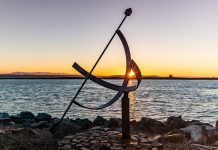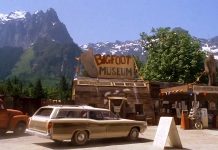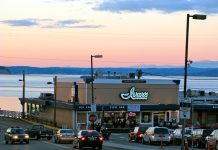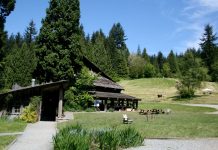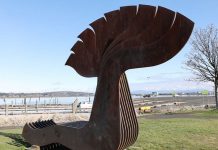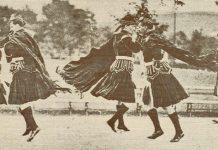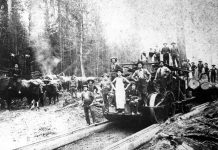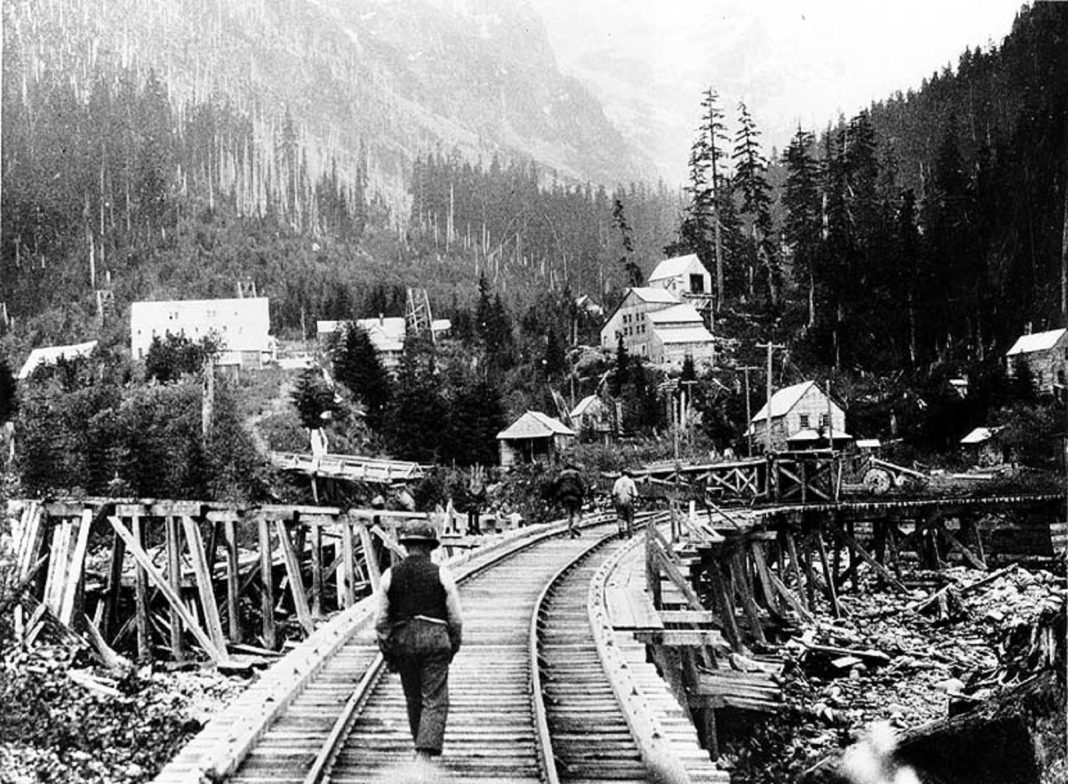These days, the West isn’t really all that wild, and the only mining that’s caused any real frenzy in the past decade is the mining of Bitcoin, but once upon a time, there was “gold in them thar hills” and boy howdy did it cause a rush — the Klondike Gold Rush to be exact!
The discovery of gold in California in 1848 sent would-be millionaires on a quest for treasure throughout the West. With major strikes in Oregon, Idaho, Nevada, and Alaska by 1900, these miners scattered across the plains, staking claims and scouring the ends of the Earth for the precious, glistening gem.
Further fueling the excitement, cries of gold in the Klondike in 1896 would start a race of 100,000 hopeful miners who sprinted toward Alaska and the Yukon with their eyes on untold riches. Only 30,000 weary stampeders would make it to the Yukon, gravely disappointed to learn that reports of available Klondike gold were greatly exaggerated. Still, gold rushes like that of the Klondike Gold Rush would be defining events for not only the places where the gold was found but also for the places the miners passed through in search of this elusive treasure, and this is particularly true for many of the cities right here in Snohomish County.
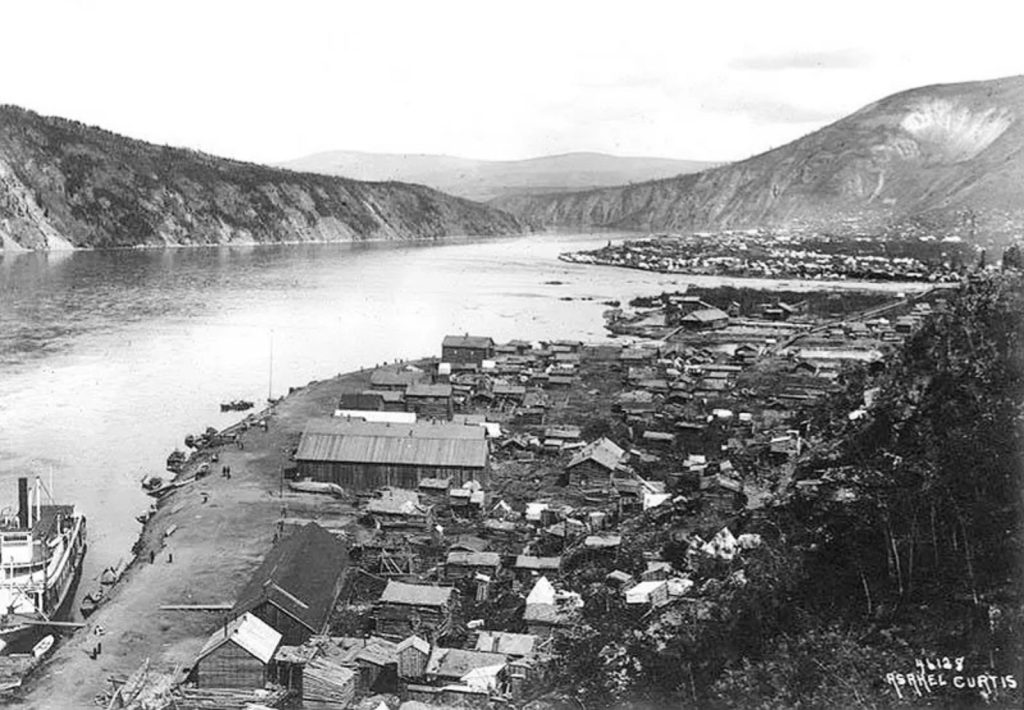
Everett Became a Major Port and Transportation Hub
Founded in 1893 as a planned industrial city, Everett started with high hopes of becoming a significant manufacturing and shipping center on the West Coast. The city was partly financed by John D. Rockefeller, who just so happened to be involved in the Monte Cristo mines, the first live mining camp on the west slopes of the Cascade Range. With Rockefeller’s particular interest in the budding city, the gold rush boosted Everett’s economy by attracting like-minded investors, workers, and businesses.
It soon became a major port and transportation hub for traveling miners rushing for the hills. This was all thanks to the city’s immense number of railroads, steamships, and ferries connecting it to Seattle and the Yukon Territory. Overall, the Klondike Gold Rush would increase Everett’s population, diversity, and culture, proving to be an economic boost for the city.
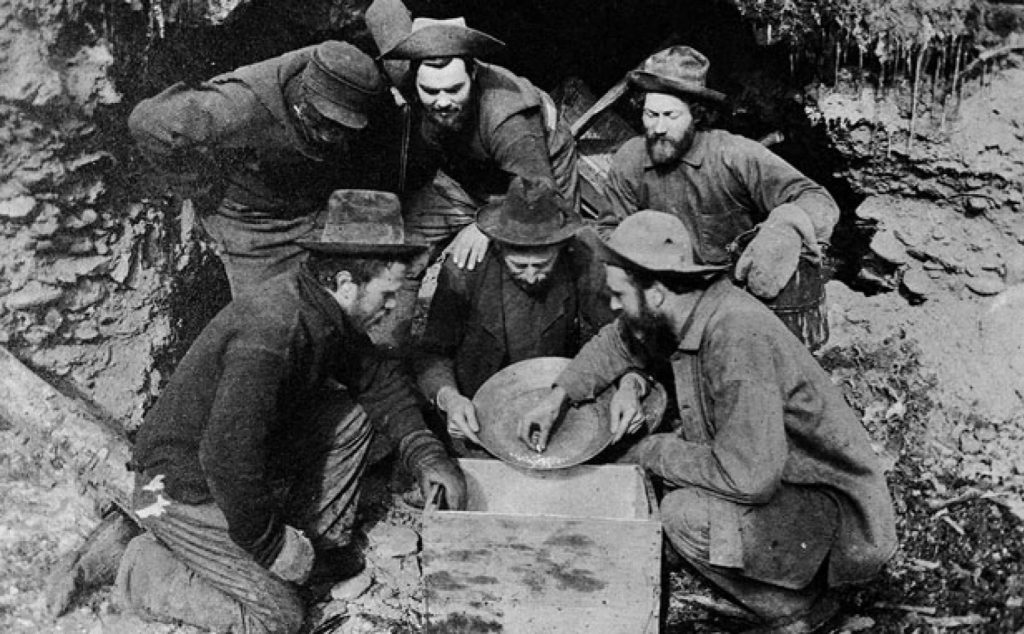
Edmonds Became a Stop Along the Way for Treasure Seekers
Initially starting as a logging town in 1890, Edmonds soon diversified its economy with fishing, farming, and milling. This diversification cemented the city’s role as a stopover point for steamboats and ferries carrying passengers and goods to and from the Klondike.
With the increased activity throughout the city, its population quickly expanded from the required number of 300 to be incorporated in 1890 to 1,114 by 1900. The newfound diversity within its population increases also helped develop a vibrant cultural scene, adding theaters, opera houses, and newspapers to the city.
Marysville Provided Supplies to Prospectors
Situated close to Puget Sound, Marysville experienced an economic boom due to the gold rush. As an established trading post and logging came, the town became a hub for prospectors and entrepreneurs looking to capitalize on the demand for supplies and services needed by those heading to the Klondike region. These supplies included lumber, shingles, and agricultural products.
As a result, local businesses, including merchants, hotels, and transportation services, thrived. The city’s location also made it a strategic point for transportation, quickly becoming a railroad junction as it connected the Northern Pacific and the Seattle, Lake Shore and Eastern railroads.
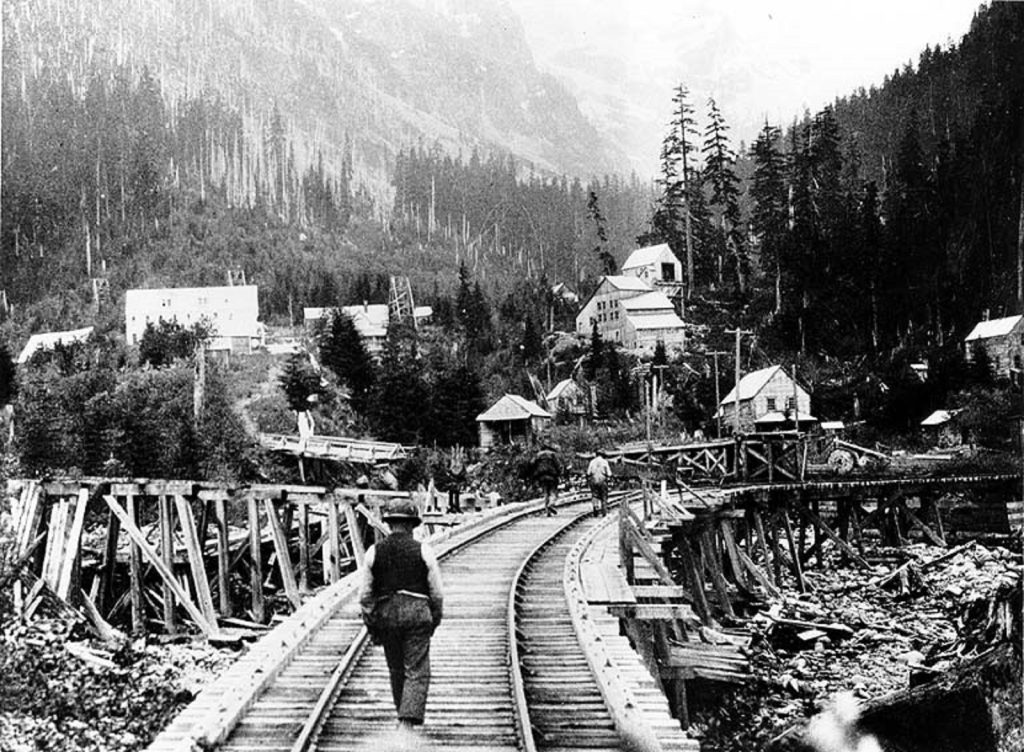
The Discovery of Gold Lured Miners to Granite Falls
In 1889, gold and silver were discovered in the Monte Cristo area, leading to a rush of miners and other settlers towards Granite Falls to get rich quickly. As the city was a gateway to the minefields, its population promptly increased, so much so that by 1890, it had risen enough for the settlers to secure a post office.
Granite Falls also ended up serving as a supply station, as it was located on the Monte Cristo Railroad that connected the county seat of Everett to the mining district after reaching the town on October 16, 1892. With more and more miners coming in, a sawmill, hotel, school, and newspaper were eventually established. When its population reached 600 during the gold rush, Granite Falls was officially incorporated as a fourth-class city on December 21, 1903.
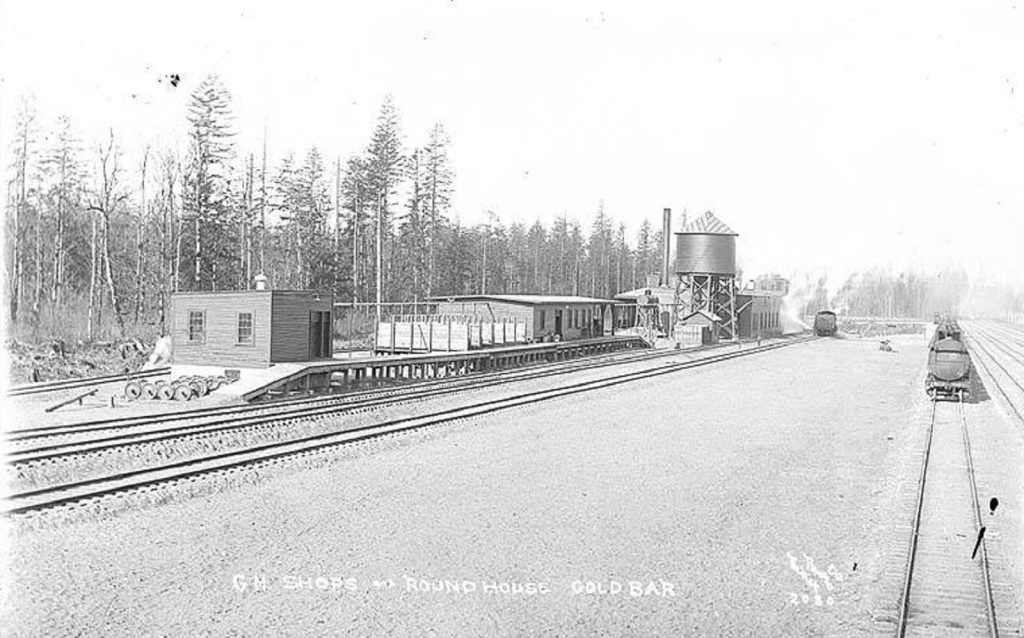
A Promise of Treasure in Gold Bar’s Name Lures Prospectors
The modern settlement of Gold Bar started as a prospectors camp in 1869, aptly named by a miner who found traces of gold on a river gravel bar. Gold had already been discovered in British Columbia as early as 1858, bringing hordes of prospectors to the Pacific Northwest. As communities developed, steamboats carried passengers between towns as far east as Gold Bar.
Eventually, it became a construction camp for the Great Northern Railway. This, in turn, brought in more settlers besides the prospectors, and though the prospectors may have been the first of the town’s settlers, they were few compared to those who found the valley a perfect place for farming and logging. By the 1890s, Gold Bar’s primary businesses were logging, railroading, mining, and agriculture, and it was all thanks to those little flakes of gold found along the riverbed.
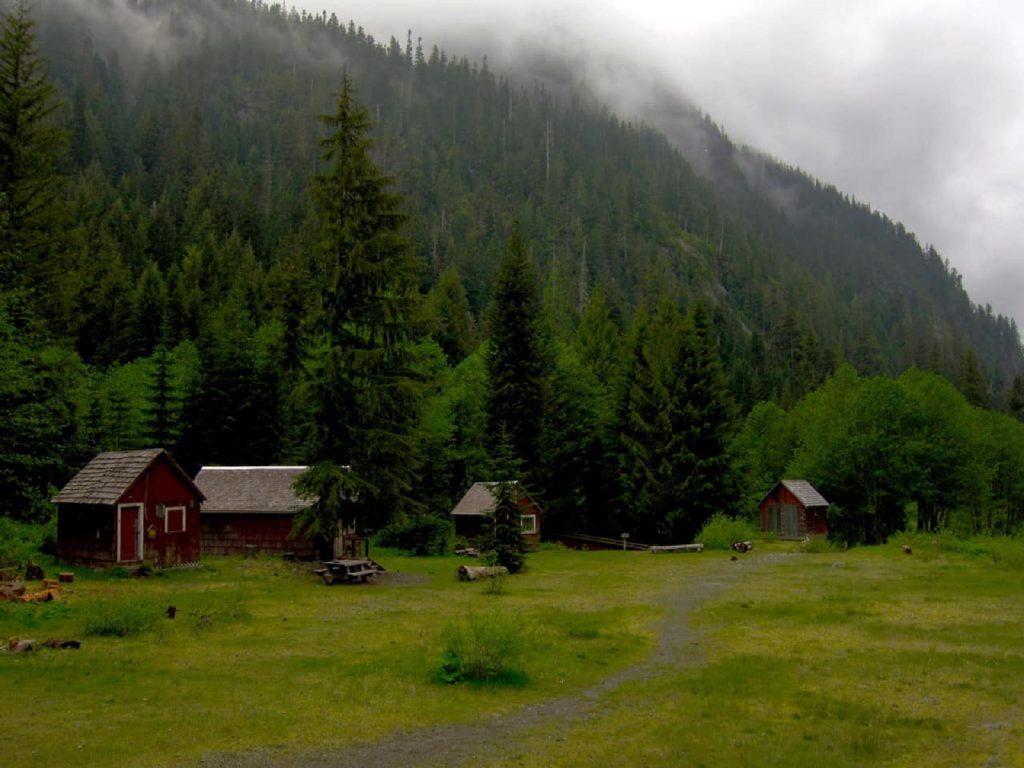
Cities like Arlington, Bothell, and Darrington also benefited from the Klondike Gold Rush as it stimulated the economy by boosting population and commerce throughout the county. Monroe even became a junction for the Great Northern Railway and the Milwaukee Road as prospectors made their way to the Yukon, and Stanwood became a port for the steamboats and schooners that carried passengers and goods to and from the Klondike.
In addition, the gold rush also influenced the culture and identity of the county, as many people of different backgrounds, nationalities, and occupations flocked to the region in search of treasure that would change their lives forever. Ultimately, the Klondike Gold Rush was a defining event for Snohomish County and the entire Pacific Northwest, shaping the region’s economy, society, and environment for decades to come.


